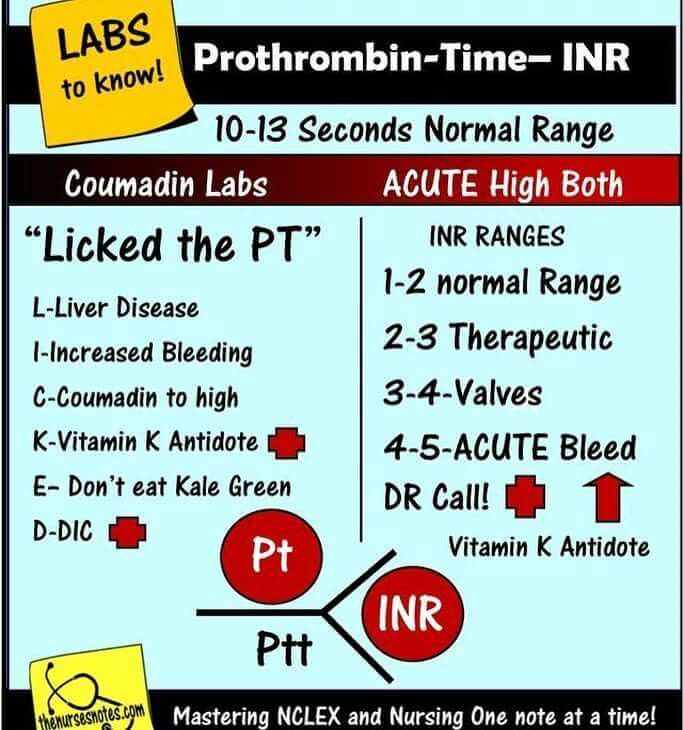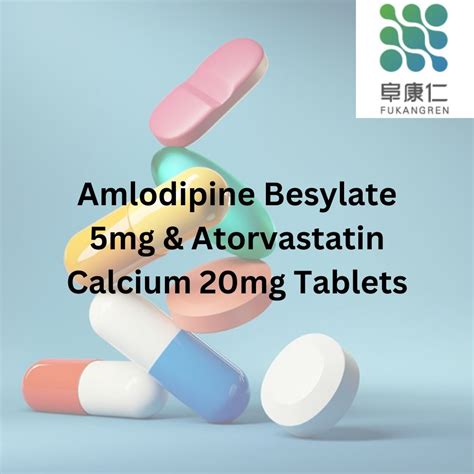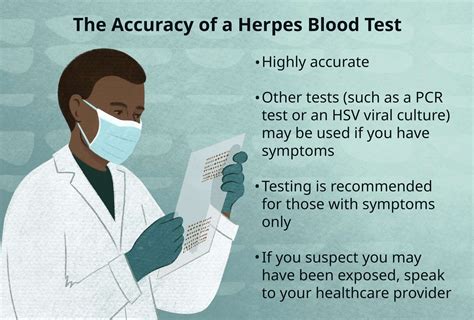Maintaining a healthy balance of blood clotting and bleeding is crucial for overall well-being. One key aspect of this balance is the International Normalized Ratio (INR), a test used to measure blood clotting. The INR normal range is a critical benchmark for individuals, especially those on anticoagulant therapy, to ensure their blood is neither too prone to clotting nor too prone to bleeding.
Understanding INR
The International Normalized Ratio (INR) is a calculation based on the results of a PT (Prothrombin Time) test, which measures how long it takes blood to clot. The INR standardizes the results of the PT test, allowing for comparison of results across different laboratories and reagents. This standardization is crucial because the PT test can be influenced by various factors, including the type of tissue factor used in the reagent.
INR Normal Range
For most individuals not on anticoagulant therapy, the normal INR range is between 0.8 and 1.1. This range indicates that the blood is clotting normally, without an increased risk of thrombosis (clot formation) or bleeding. However, for people taking anticoagulant medications like warfarin, the target INR range is usually between 2.0 and 3.0, depending on the specific condition being managed. This elevated range reflects a therapeutic level of anticoagulation that helps prevent clot formation without significantly increasing the risk of bleeding.
Importance of Staying Within the Limits
Staying within the recommended INR range is crucial for individuals on anticoagulant therapy. If the INR is too low (below the therapeutic range), the blood may be too prone to clotting, which could lead to conditions like deep vein thrombosis (DVT) or stroke. On the other hand, if the INR is too high (above the therapeutic range), the risk of bleeding increases, potentially leading to serious complications such as gastrointestinal bleeding or intracranial hemorrhage.
Factors Affecting INR
Several factors can affect INR levels, making regular monitoring essential for individuals on anticoagulant therapy. These factors include:
- Diet: Certain foods, particularly those high in vitamin K (like leafy greens), can affect warfarin’s efficacy and thus INR levels.
- Medications: Interactions with other drugs can influence INR. For example, some antibiotics can increase INR, while others may decrease it.
- Alcohol Consumption: Excessive alcohol consumption can affect liver function, potentially altering INR levels.
- Health Conditions: Certain medical conditions, such as liver or kidney disease, can impact INR.
Monitoring and Adjustments
Given the potential for various factors to influence INR, regular monitoring through blood tests is essential for individuals on anticoagulant therapy. Healthcare providers adjust anticoagulant doses based on INR results to ensure that the patient remains within the therapeutic range. This careful management helps minimize the risks associated with anticoagulation therapy and maximizes its benefits.
Conclusion
The INR normal range serves as a critical guideline for managing blood clotting, especially for those on anticoagulant medications. Understanding what constitutes a normal INR range and the factors that can influence it is essential for effective management and minimizing risks. By working closely with healthcare providers and adhering to recommended monitoring and therapeutic guidelines, individuals can ensure their INR levels remain within a safe and effective range, protecting their health and well-being.
What is the normal INR range for individuals not on anticoagulant therapy?
+The normal INR range for individuals not on anticoagulant therapy is between 0.8 and 1.1.
Why is it important to stay within the recommended INR range for individuals on anticoagulant therapy?
+Staying within the recommended INR range is crucial because it helps prevent the risk of thrombosis if the INR is too low and minimizes the risk of bleeding if the INR is too high.
What factors can affect INR levels in individuals on anticoagulant therapy?
+Several factors can affect INR levels, including diet, other medications, alcohol consumption, and certain health conditions.



